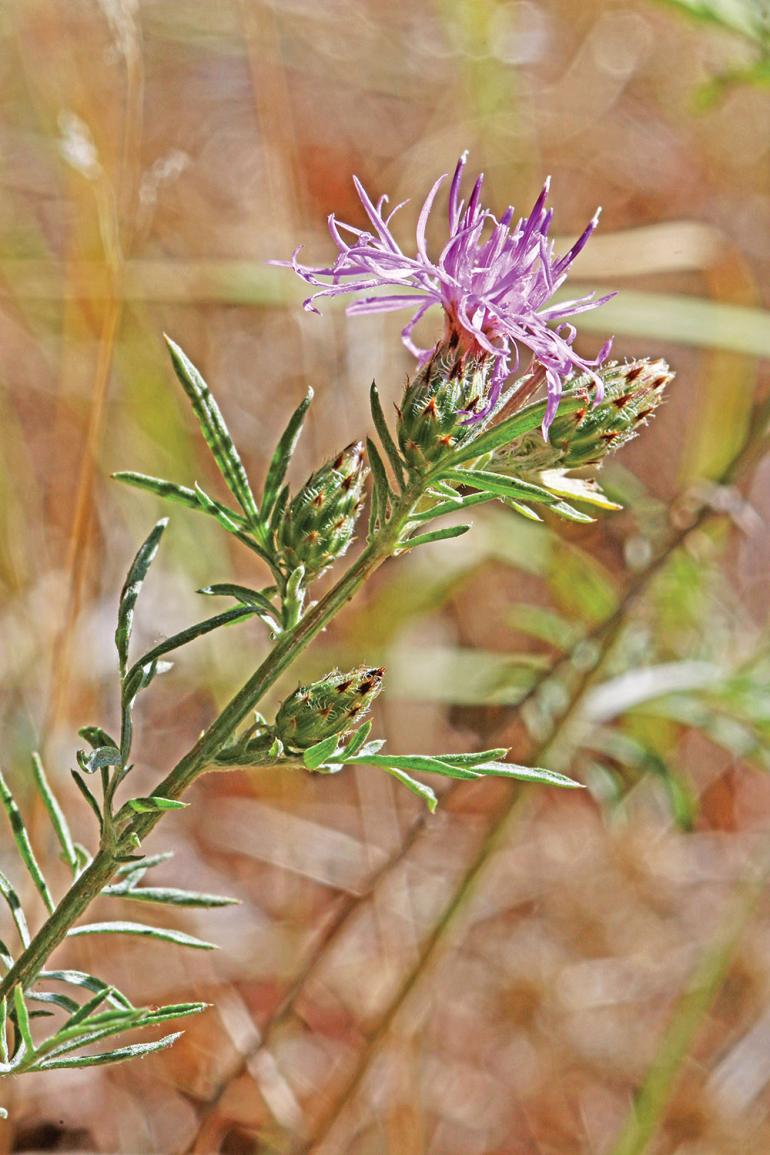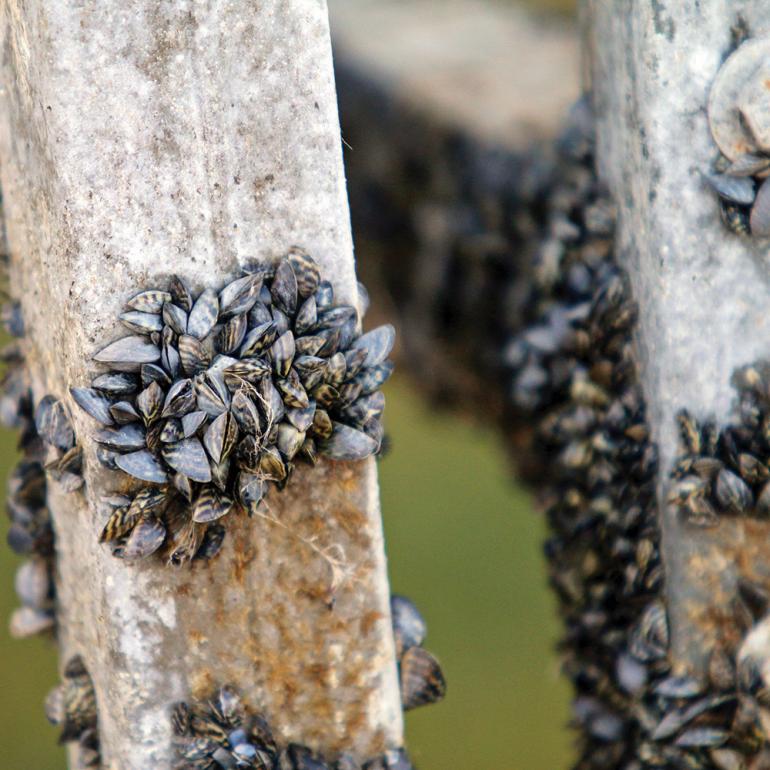Space Invaders
More people, more problems.
Living in southwest Montana means we are blessed with unlimited recreational opportunities, but recently, trailhead parking lots of been overflowing. The area is booming again, and with that comes increased tourism and recreational use; the impacts on our natural resources are starting to add up.
From pink hillsides covered in spotted knapweed, to boat-cleaning stations parked at your favorite put-in, the evidence of our impact is clear with the increased spread of invasive species, or “an alien species whose introduction does or is likely to cause economic or environmental harm or harm to human health.” They can be plants, animals, and other organisms (e.g., microbes), and human actions are the primary means of introducing and spreading them. Did you know that parking in a patch of noxious weeds could result in transporting those seeds back home? The expansion of harmful introduced species is one of the single largest threats to the nation’s natural resources.
Invasive species:
- Reduce agricultural production
- Reduce property values
- Decrease biodiversity and disrupt ecosystems
- Displace native species
- Increase soil erosion and bank failure and clog waterways
- Increase the severity and frequency of wildfires
- Further threaten endangered and rare species
Adopting “clean recreational habits” helps ensure that what we love so much about Montana is not destroyed in our pursuit of experiencing it. Here are some simple actions to help prevent the introduction and spread of noxious weeds and invasive species:
- Learn to identify invasive species
- Remove plants & mud from boots, gear, pets & vehicles
- Clean your gear before entering and leaving the trails
- Stay on designated roads and trails
- Use certified or local firewood and hay
- Plant only non-invasive plants in your garden (go native and help our pollinators!), and remove any known invasive plants
- Avoid dumping aquariums or live bait into waterways

Speaking of waterways, there are aquatic invasive species, too. Unless you’ve been living off the grid in a yurt (which sounds quite awesome), you’re likely aware that for the first time ever, mussel larvae were detected in Tiber Reservoir in 2016. Additionally, a suspect sample from Canyon Ferry was found warranting subsequent sampling and monitoring. If you fish or boat in Montana, get informed and follow these three steps:
- Clean your boat and equipment every time you use it, especially if you plan to move it to a new location
- Drain all standing water, including any that may be left in the engine’s cooling system, live wells, and bilge areas
- Dry everything that has come into contact with water
Public waters and lands, and the limitless recreational opportunities they provide, drive our economy and serve as the foundation for our unparalleled quality of life, and active stewardship of these resources directly benefits everyone. Time to do your part.
For additional information, check out these sites:
General Invasive Species:
Invasive Species Action Network
Terrestrial Invasive Species:
Grow Wild
Montana Weed Control Association
Aquatic Invasive Species:
Montana Fish, Wildlife & Parks
Montana Mussel Response
Clean, Drain, Dry protocols












